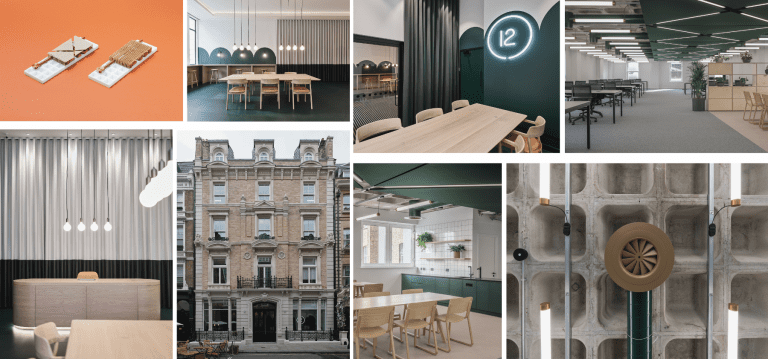It is no longer news that the standard of personal hygiene and sanitation has been raised, over the years. High traffic areas with objects touched by different people require more attention to curtail the spread of germs. You will need to focus more of your attention on the areas or objects that attract a high population of people, as this has increased the need for more effective disinfection methods, and surface cleaner. Disinfection supplies, such as bleach, hydrogen peroxide, sprays and wipes have been witnessing high demand, and we can’t be blind to the roles they play in fighting microbial contamination. This article will expose you to the importance of bio fogging within office premises, which is a new approach to disinfection methods. As a result of the shift of higher sanitation requirements, it has gained more attention recently, even though the technology has been around for years. What is bio fogging? Over-the-counter disinfectants will only disinfect a small targeted area, due to the limited size and expulsion capabilities of a typical spray bottle. Bio fogging takes ordinary disinfecting to the next level. In areas of all sizes from a small studio apartment to a large business office, bio fogging is undoubtedly a very useful and powerful tool. Most importantly, bio fogging provides a wide-reaching mist that reaches hard surfaces and covers high traffic, applying disinfectant in a fell swoop. How it functions A liquid antimicrobial solution that is converted into a vapour is used with the aid of the ULV Fogger (Ultra Low Volume). It develops into a thick mist or fog-like atmosphere, as more vapour is dispersed, therefore the reason for the name ‘fogging.’ Ranging from hard-to-reach places that oftentimes go unnoticed, the fogging application covers anything it comes in contact with. It is also worthy of note that fogging fights airborne pathogens as it passes through lands and air, and on a surface. All hard-surfaces are wiped down to remove excess solution, once disinfection has been completed. It is important that after recently disinfecting your office building, you need to stay away from the environment, for at least 6 hours. Advantages of bio fogging It is normal for your office building or home, or other premises to naturally retain viruses, bacteria, and dust. Germs are of special concern in high contact areas, as they can gather anywhere. The objects you and other individuals touch the most are high contact areas with different objects and surfaces. Typical examples are light switches, tabletops, and doorknobs. The traffic these areas generate make them a hotspot and breed grounds of germs, and cross-contamination. People will leave bacteria for the next person to pick up because the more people that touch that same area. In addition to high contact areas increasing the chances of germs spreading between persons, they can also be a virus hotspot— Coronavirus, for instance. Other places you should be concerned with are the corners of your office building that you don’t clean often as a result of how difficult it is to reach them. tough-to-reach places still collect germs and may still receive contact from individuals, despite their remote location. With the help of fogging services, you will cut off the need to move furniture to enable you to disinfect contaminated areas. It is normal for Fog clings to the surface as it lands when applying disinfectant because it passes through the crack. With bio fogging, you save yourself heavy lifting and time, and still reaches hard-to-reach places. The most noticeable benefit bio fogging offers is its ability to clean any size of areas with ease. As aforementioned, over-the-counter supplies can only reach a limited area because of their simple spraying feature. The potency of fogging in combating Coronavirus Considering the way people contact the Coronavirus, which takes the same form of germs contamination, anti-covid fogging is, as a result, important. According to a study, Coronavirus can last 24 hours on cardboards, 72 hours on stainless steel and plastic. Even with the invention of the vaccine, it is still important to practise stringent hygiene measures which include disinfecting and cleaning objects and surfaces that are frequently touched by people, which further emphasizes the importance of bio fogging in the environment you stay in the most. We are likely to continue to see waves of coronavirus infections for some time to come, even when national restrictions are lifted all over the world. It would be worse during winter months because many people will be indoor for longer with less ventilation. Hence, the reason you have to continue using hygienic practices and stay vigilant.












